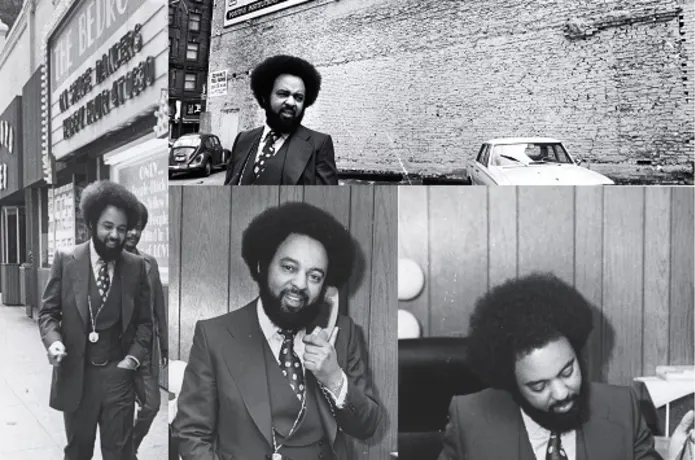|
|
By Ajah Hale
For much of the 1960s, Willis shifted his investments, pouring money into businesses that wouldn’t attract the same kind of racial backlash.
These included number houses, restaurants, corner stores, and adult theaters—industries that were lucrative but not considered a direct challenge to white corporate dominance.
But Willis’ vision was much bigger than quiet survival. Challenging the System: A New Kind of Black-Owned Development. The Housing Act of 1949 gave cities broad powers under eminent domain, allowing them to seize land under the guise of “urban renewal.”
By the 1960s, this had evolved into a strategy benefiting universities and hospitals, creating “Eds and Meds” districts like modern-day University Circle.
Here’s how it worked:
- The City used eminent domain to force out Black residents.
- The City demolished the homes and sold the land to institutions like Cleveland Clinic, University Hospitals, and Case Western Reserve University—all subsidized by federal dollars.
- 20,000 Black Clevelanders were displaced.
Willis wanted to change that.
In 1968, fate intervened. The night the Glenville Riots broke out, Willis was in the back of his restaurant, The Hot Potato, locked in a serious game of craps. He started with $420. Three days later, he walked away with half a million dollars. “I’m going to buy some real estate!” he told his sister. And that’s precisely what he did.
The Rise of University Circle Properties Development
Willis invested his winnings in University Circle Properties Development (UCPD), a company that would make him a significant threat to the City’s power structure.
- Between 1968 and 1971, Willis built an empire—28 businesses, employing over 700 Black Clevelanders and generating over $2 million annually.
- The corner of 105th and Euclid became a self-sufficient Black business district.
- His holdings included gas stations, restaurants, retail shops, and entertainment venues—including the Scrumpty Dump Theater.
For the first time, Black Clevelanders had a place to work and play—right in the heart of University Circle. But Willis’ success put him in direct competition with University Circle Inc., the city-backed powerhouse controlling the district’s redevelopment. And because the City couldn’t control him, they made him public enemy number one.
Big Bad Winston: The Smear Campaign Begins
The first attack was on his character.
- The Cleveland Plain Dealer ran hit pieces calling Willis a slumlord, pimp, and criminal—ignoring his dozens of legitimate businesses.
- Utility companies cut off power to his buildings, leaving his tenants in the cold as news crews reported on the situation.
- The Plain Dealer interviewed Willis and his family under pretenses, claiming they wanted to profile a successful Black businessman. When the article came out, the headline read:
“Pornography King’s Empire Grows Fast.”
Even though adult theaters were just a fraction of his portfolio, that’s all the media focused on. “He did not make the movies, he did not create them, but he distributed them,” his sister Aundra explained. “So no, he was not a Porn King.”
The Beginning of the End
With the media portraying him as a dangerous criminal, the City had all the ammunition needed to come after his empire. How did they take him down? A web of legal battles, backdoor deals, and outright theft.
In the final part of our series, we’ll expose the shocking details of how Cleveland erased Winston Willis’ legacy—and why he still refuses to back down today.



